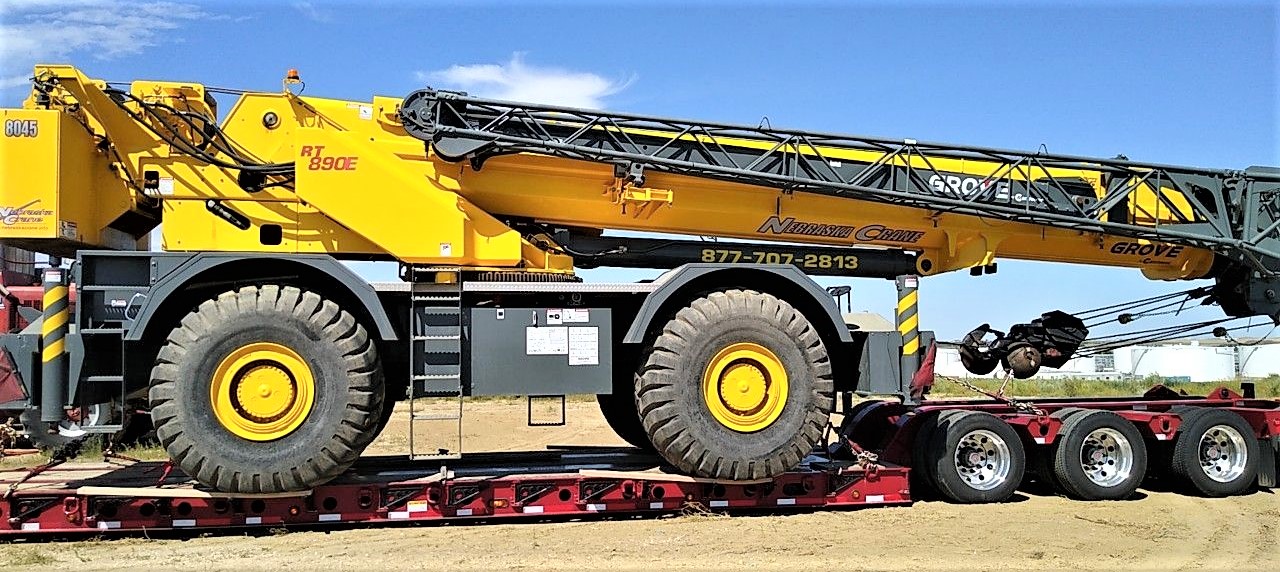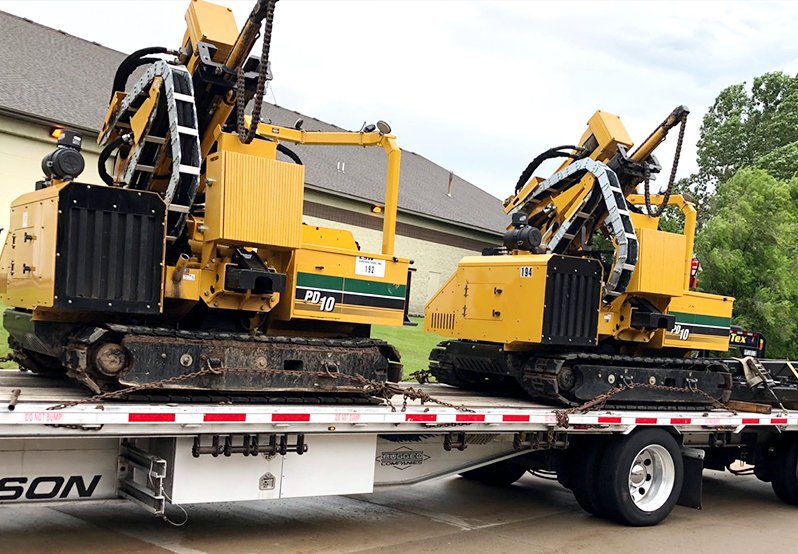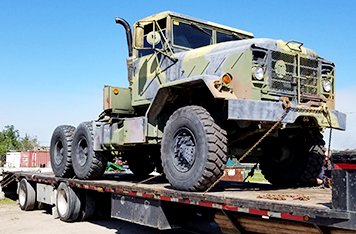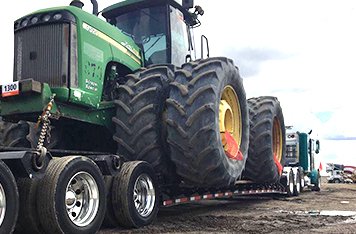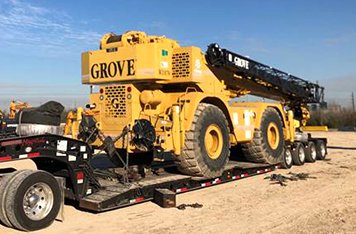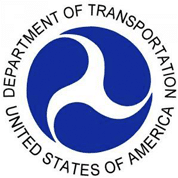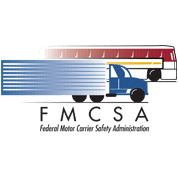Major Highways
When shipping from Arizona to South Carolina, truckers typically use one of two major highways. The first is Interstate 40, which runs east from Flagstaff, Arizona through Oklahoma and into Tennessee before turning south into North Carolina and eventually into South Carolina. The second is Interstate 10, which runs from Arizona into Texas before curving eastward into Louisiana, Mississippi, and eventually into South Carolina. Both highways offer a relatively straightforward route for truckers, though they do experience some traffic congestion and occasional road closures.When selecting a route, truckers must also consider the size of their load and the state and federal regulations they must adhere to. For example, some states have weight limits and other restrictions on the size and weight of vehicles and trailers, all of which must be taken into account when choosing a route. Additionally, some highways may not be suitable for larger loads due to sharp turns or narrow roads. In these cases, truckers may need to take a more roundabout route or find alternate transportation methods.
Unique Challenges
Truckers face a variety of unique challenges when shipping from Arizona to South Carolina. For example, the distance between the two states is over 2,000 miles, which means that they must plan for long hours on the road and multiple fuel stops. Additionally, the terrain and climate can vary greatly, with temperatures ranging from hot and humid in the summer to cold and icy in the winter. This can make it difficult to plan for, as truckers must have the right equipment to handle the conditions.The terrain can also create challenges for truckers, as some roads may be too narrow or have sharp turns that make them unsuitable for larger loads. Additionally, truckers may have to cross multiple state lines, which can create delays due to different regulations and paperwork requirements. Finally, depending on the size of the load, some roads may be too narrow or have clearance restrictions, requiring truckers to take a longer route to avoid them.
Weather Considerations
When shipping from Arizona to South Carolina, truckers must be prepared for a variety of weather conditions. In the summer months, temperatures can be scorching hot, making it difficult to drive for long hours in the sun. In the winter, temperatures can drop below freezing, which can cause icy roads and other hazardous conditions. Additionally, truckers must be prepared for rain and thunderstorms, which can cause roads to become flooded or slippery.When shipping in wet or icy conditions, truckers must take extra precautions to ensure the safety of their load and the other drivers on the road. This may include driving slower, avoiding sharp turns, or using additional equipment such as chains or special tires. Additionally, truckers must be aware of any state or federal regulations regarding operating in inclement weather.
Other Considerations
Aside from the challenges mentioned above, truckers must also consider other factors when shipping from Arizona to South Carolina. For example, they must ensure that their vehicles and trailers are in proper working order and that they have all the necessary paperwork for crossing state lines. Additionally, they must be aware of any hazardous materials regulations that may apply to their load.Finally, truckers must be aware of their surroundings and be prepared for any delays or unexpected obstacles. This includes being aware of potential traffic delays, road closures, and other potential hazards. By taking the time to plan ahead and prepare for any potential issues, truckers can ensure a safe and successful trip from Arizona to South Carolina.
Shipping large and bulky items from Arizona to South Carolina can be a daunting task for any trucking company, but with the right preparation and planning, truckers can ensure a safe and successful trip. By keeping in mind the unique challenges of heavy haul trucking, the major highways they use, and any other special considerations, truckers can make sure that their load reaches its destination safely and on time.